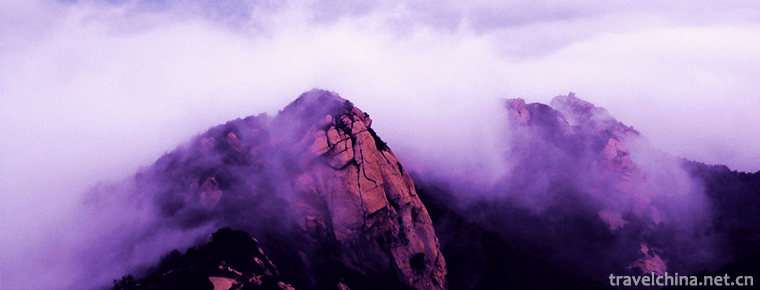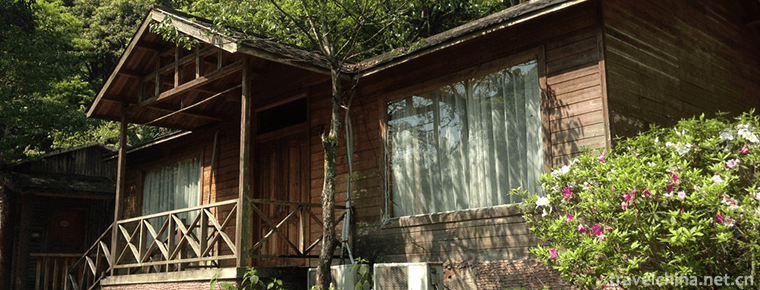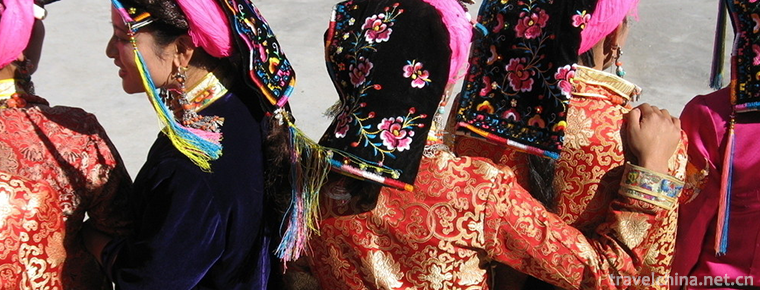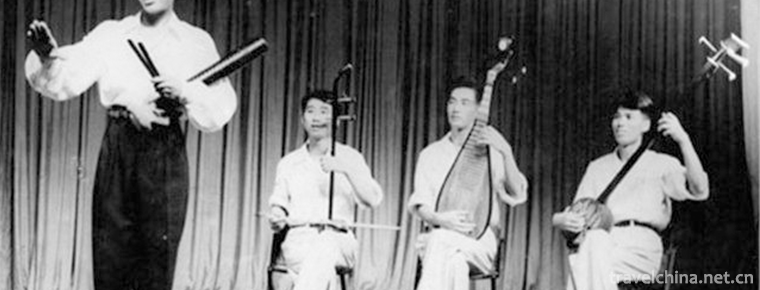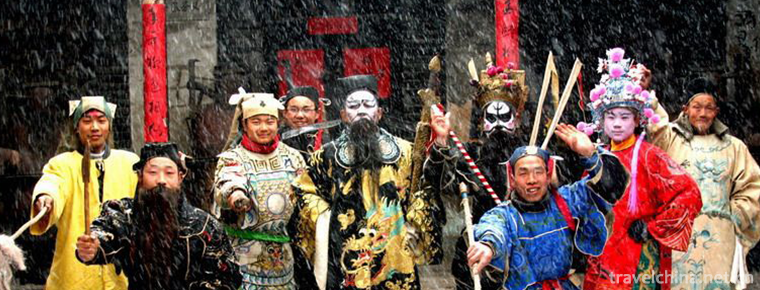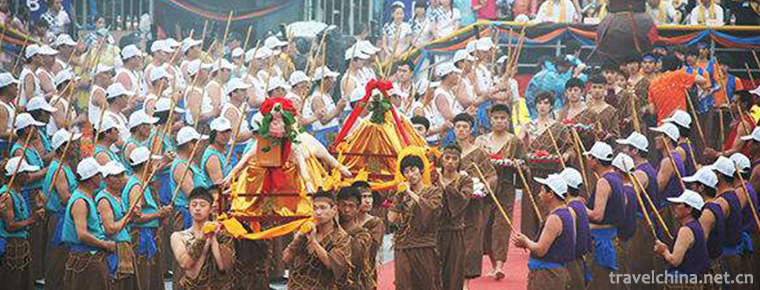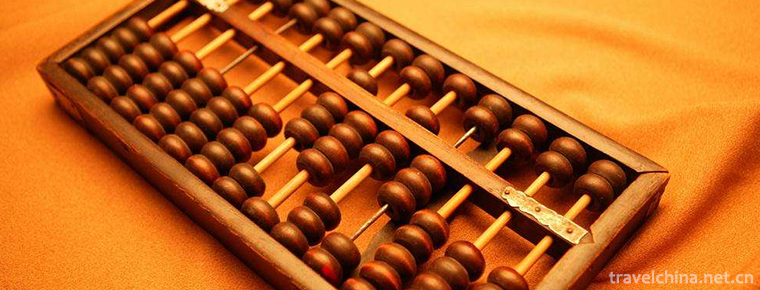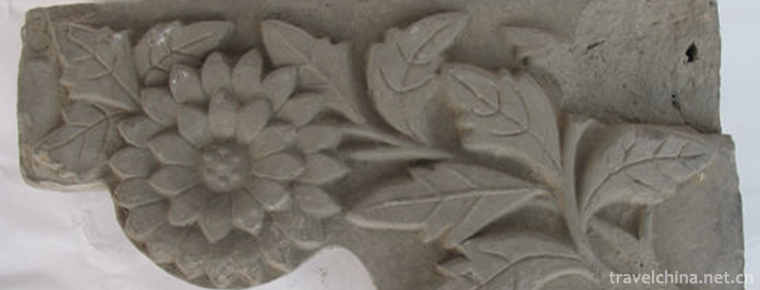Hao River
Haohe River surrounds the old city of Nantong, like a gourd, like a Pearl chain, known as the "emerald necklace" of Nantong City. It is a national 5A tourist attraction.
The Haohe River was originally an ancient moat. It was built five years after Zhou Xiande (958 A.D.). It is 10 kilometers in circumference, 1080 mu in surface, 215 meters in width and only 10 meters in narrowness. It is the most complete ancient moat in the city center in China. With a history of more than 1000 years, it is one of the four remaining ancient moats in China.
Haohe Scenic Area in Nantong City has been successfully promoted to the 5A level of national tourist attractions. Haohe River in Nantong surrounds the old urban area of Nantong. It looks like a gourd and a Pearl chain. It is known as the "Jade Necklace" of Nantong City. Haohe River was originally an ancient moat. Five years after Zhou Xiande's construction (958 A.D.), there was a river. It is 10 kilometers long, 1080 mu of water. The widest part of the water is 216 meters, and the narrowest part is only 10 meters. It is the most complete and central ancient moat in China. It has a history of more than 1,000 years and is the only four ancient moats in China. One of the rivers. The Haohe River is as clear as a mirror with beautiful natural scenery. It has natural ecological communities such as gulls, wild ducks and fish eagles. On both sides of the Haohe River are the Guangxiao Pagoda, Tianning Temple, Arctic Pavilion, Wenfeng Pagoda, Nantong Museum and Five Parks. There are Zhangjian, Shenshou, Li Fangxiang and Zhaodan's former residences, as well as Haodong Green Garden, Haoxi Book Garden, Huanxi Cultural Square, Cultural Palace, Popular Theatre, Bell Tower Jiaolou, Wenfeng Park, Yinghong Tower, Sports Hall, etc. Parks and other emerging cultural and recreational places and tourist attractions, as well as 28 bridges and a variety of famous trees and ancient trees. Clear and clean Haohe River and pavilions, platforms, towers, pavilions, pavilions, pavilions, pavilions, pavilions, fangs and so on, human landscape and natural scenery into one, thousands of years of accumulation of historical relics, garden art, folk customs laid down the ancient and dignified cultural heritage of Haohe River, and the rise of modern cities, but also gave it a vibrant style of the times.
The scenery of the river is beautiful. Haohe Scenic Area in the center of the city is a national 5A class tourist scenic spot. The 30-mile Haohe River surrounds the ancient city. It is praised by tourists at home and abroad as the "Jade Necklace on the Neck of Girls". The Museum group along the Haohe River being planned and developed will give Tongcheng a deeper cultural connotation. Located in the southern suburbs of the city, Langshan Scenic Area is also a national 4A-level tourist scenic spot. It is one of the six natural scenic spots in Jiangsu Province. Langshan ranks first among the eight famous Buddhist mountains in China. Since the expansion of Guangjiao Temple in the early Tang Dynasty, it has enjoyed a strong incense and a long reputation. Jianshan, Junshan, Ma'anshan and Huangnishan, which are located on both sides of Langshan Mountain, have been developed and constructed in recent years, and many new scenic spots have been added. Baili County has many places to explore. Qingdun Cultural Sites in Haian, such as the Water Painting Garden and Dinghui Temple in Gao, Wentianxiang in Tongzhou, returning to the Haiting Pavilion in the south, such as the "sea disco" (clam stepping) and "air symphony" (kite flying at the seaside) in the east, and the Yuantuojiao Sun Pavilion in the east.
Haohe Scenic Spot can be divided into three major scenic spots: the Southeast Haohe River, the southwest Haohe River and the North Haohe River. Each scenic spot is composed of several scenic spots and scenic spots. The Haohe River in the southeast is open. In ancient times, there were no roads or bridges in this area, and the traffic depended entirely on boating. Later, Zhangjian built dikes and bridges (Sanyuan Bridge and Qixiu Bridge) to facilitate land transportation. Sanyuan Bridge with Wenfeng Pagoda, half village and half outline, is one of the best scenic spots in Haohe River. Bao Dazhang, a poet of the Qing Dynasty, wrote a poem entitled "A Preface to Wenfeng Pagoda Temple at Night Po": "By the side of the Sanyuan Bridge is Zhijin, living in a small fish bed as a neighbor. In the bright moon with the shadow of the tower hanging upside down, Bianzhou Yiye, a poet, vividly describes the beautiful and quiet environment at the southeastern end of the Haohe River. The river surface of Haohe River in the southwest is quite open. There are sandbars in the water and pavilions (Quexin Tower, also known as Shuixin Tower). Li Qi, a Qing Dynasty poet, describes the scenery of this area: "Shuixin Pavilion is full of water, and there are poplars wanting to turn into smoke." The most important thing is the sunset people ask for ferry, Linxi calls for the sale of flower boats. "("Chongchuan Zhuzhi Ci") It can be seen that this area was still vast at that time, until Zhangjian built the Five Parks in which he built dykes and bridges. Beihao River is also very broad, remote and quiet. In the past, there were suspension bridges on the east, West and south sides of the Haohe River to connect the two banks, but there was no bridge on the North Haohe River. After liberation, a temporary bridge was built by using the "tortuous" in the Haohe River (the earth pier left behind in the ancient sand bank mooring). Recently, it has been rebuilt into a broad, solid and beautiful Beihao Bridge.
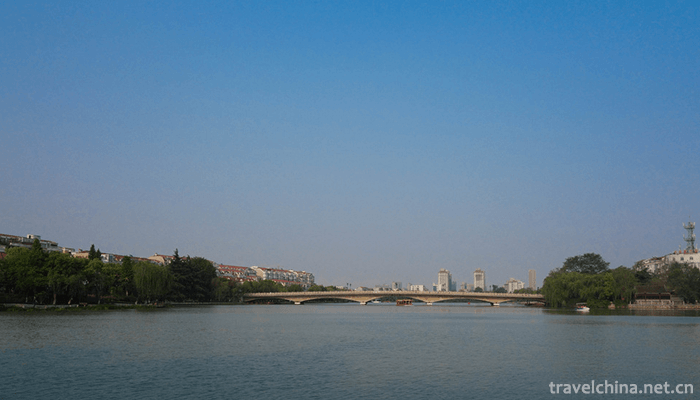
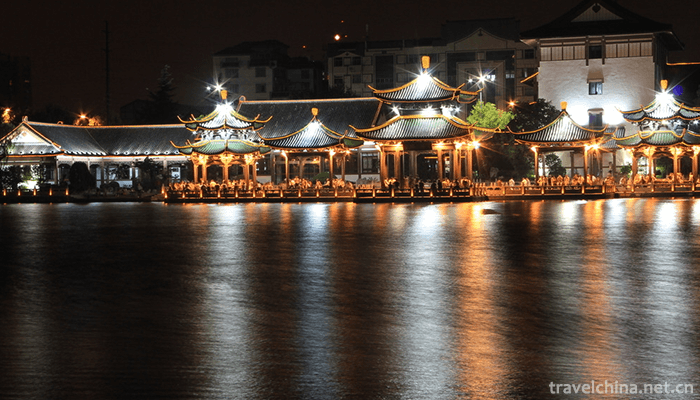
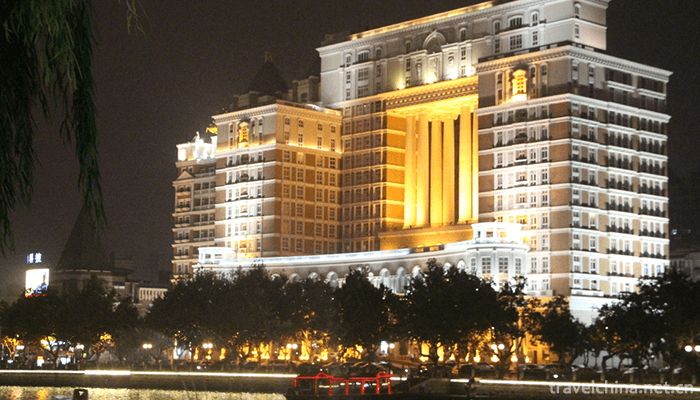
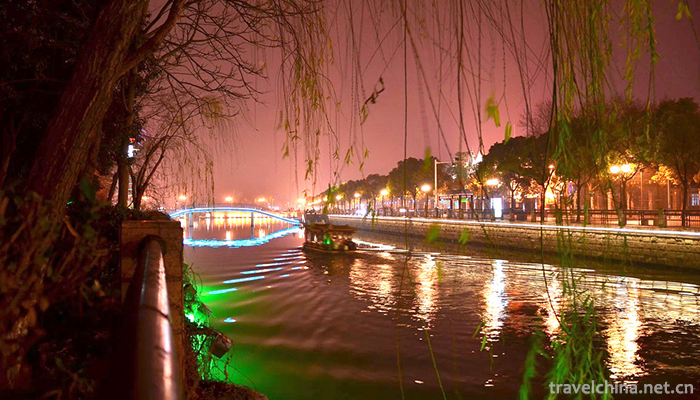
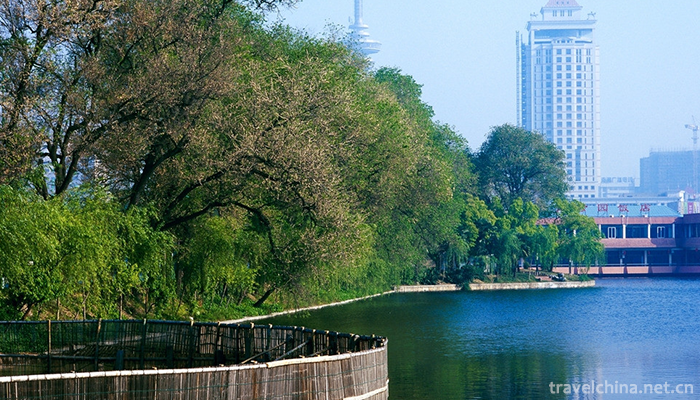
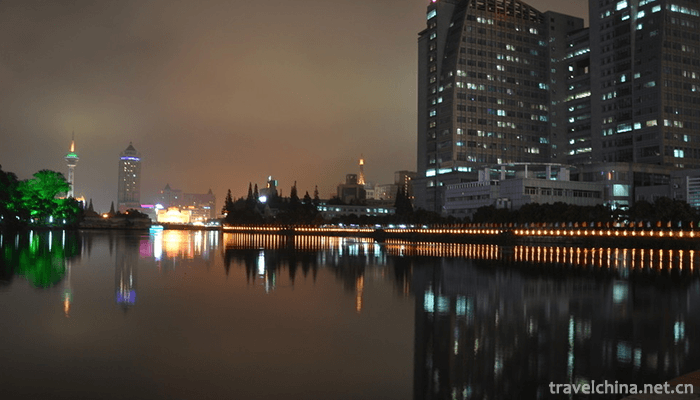
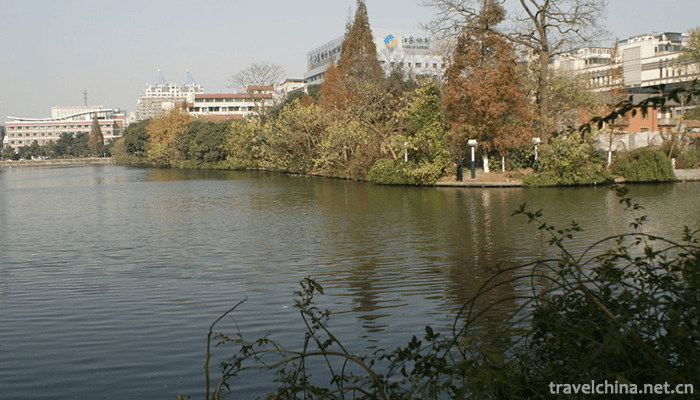
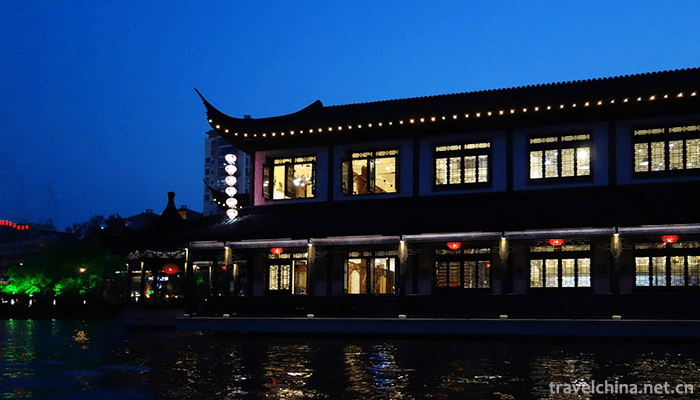
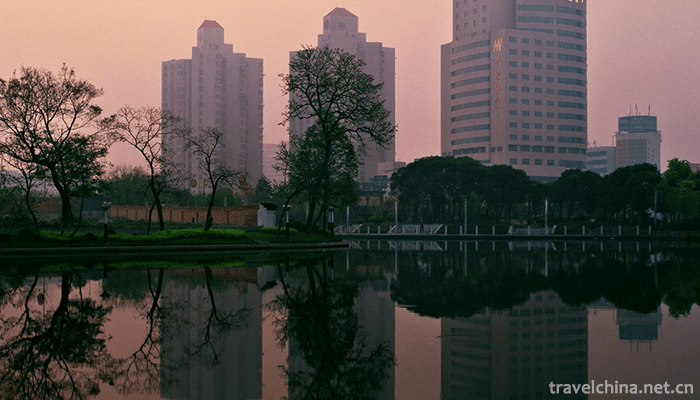
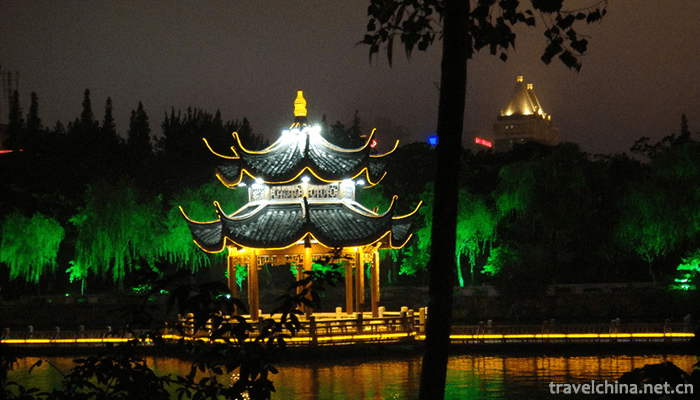
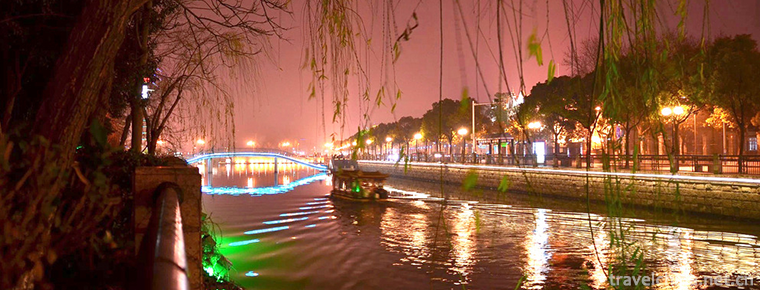
Hao River
-
China Railway HighSpeedCRH
China Railway High-Speed (CRH) has two meanings: the technical standard of China High-Speed refers to the passenger dedicated line railway with 250 km/h
Views: 173 Time 2018-11-13 -
Kunyu Mountain National Forest Park
Kunyushan National Forest Park is located in Mouping District, Yantai City, Shandong Province. It covers an area of 48 square kilometers and belongs to warm temperate monsoon
Views: 315 Time 2019-01-29 -
Panlongxia Ecotourism Area
Panlongxia Ecotourism Area is located in the northwest of Deqing County, Guangdong Province, about 28 kilometers away from the county seat. The whole ecotourism area covers an area of 30,000 mu
Views: 188 Time 2019-02-07 -
Quail egg soup
Quail egg soup is a delicacy made of quail eggs, shrimps, etc.
Views: 256 Time 2019-03-24 -
Tibetan costume
Tibetan costumes Tibetan men's clothes are divided into three categories: labor dress, superfluous dress and warrior dress. Women's clothes change greatly in festivals, major events in life and etique
Views: 220 Time 2019-04-05 -
Printing and Dyeing Techniques of Liquidambar formosana
Maple fragrance dyeing and production technology, Guizhou Huishui County, Majiang County, local traditional skills, one of the national intangible cultural heritage.
Views: 238 Time 2019-04-29 -
Wooden Fish Songs
Muyu song is short for Muyu, also known as Touyu song. It is one of the traditional rap and singing arts in Guangdong Province and belongs to the system of Tanci. It is popular in the Pearl River Delt
Views: 187 Time 2019-06-06 -
Match show
Sai opera is an ancient opera which has been spread in Shanxi, Hebei, Inner Mongolia and Shaanxi. It is a traditional literary form with strong local characteristics of frontier fortress. Sai opera wa
Views: 145 Time 2019-06-12 -
Fishermens Opening and Xieyang Festival
Fishermen's opening and Xieyang Festival is a special folk activity in coastal areas of China. It is mainly spread in Xiangshan County, Daishan County, Rongcheng City, Rizhao City and Jimo City in Zhe
Views: 291 Time 2019-07-14 -
Calculation with an abacus
Liu Hong (129-210 A.D.), a character Zhuo, a descendant of Liu Xing, the king of Lu in the Eastern Han Dynasty, is an outstanding astronomer and mathematician in ancient China. He is the inventor of a
Views: 193 Time 2019-08-10 -
Brick and plastic
Brick sculpture is the handicraft of folk craftsmen. It is made of mud into various animal models. Some of the images are realistic, but more are romantic and exaggerated ways of expression, the shape
Views: 147 Time 2019-08-10 -
Leshan tertiary industry
In 2019, the total retail sales of social consumer goods in Leshan City reached 73.87 billion yuan, an increase of 10.7% over the previous year. According to the statistics of places of operation, the retail sales of consumer goods in cities and towns
Views: 386 Time 2020-12-17

